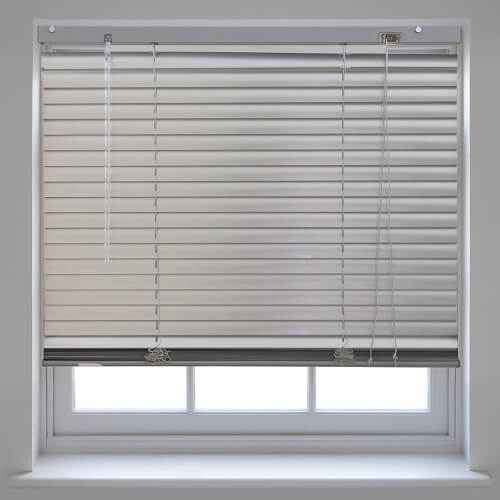Blog

Choosing the Right Blinds for Your Home: A Comprehensive Guide
Blinds are an essential element of any home, offering both functional and aesthetic benefits. Whether you’re looking to enhance privacy, control light levels, or add a stylish touch to your décor, selecting the right blinds is crucial. With a wide range of options available on the market, it’s essential to consider various factors to ensure you choose blinds that meet your specific needs and preferences. In this comprehensive guide, we’ll explore the key considerations to keep in mind when selecting blinds for your home.
Understanding Different Types of Blinds: Blinds come in various styles, each offering unique features and benefits. Some of the most common types of blinds include:
- Roller Blinds: These are made of a single piece of fabric that rolls up and down, offering simplicity and versatility. Roller blinds are ideal for rooms where you want to control light levels easily.
- Venetian Blinds: Comprising horizontal slats that can be tilted to control light and privacy, venetian blinds are timeless and elegant. They are available in various materials such as wood, faux wood, aluminum, and PVC.
- Vertical Blinds: Vertical blinds feature vertical slats that can be rotated to adjust light and privacy levels. They are an excellent choice for large windows and sliding glass doors.
- Roman Blinds: These blinds are made of fabric that folds up in horizontal pleats when raised. Roman blinds add a soft, sophisticated touch to any room.
- Pleated Blinds: Pleated blinds consist of neat, concertina-like folds that stack neatly when raised. They are perfect for small windows and conservatories.
- Panel Blinds: Panel blinds are composed of large fabric panels that slide past each other, making them ideal for covering large windows or acting as room dividers.
Factors to Consider When Choosing Blinds: When selecting blinds for your home, it’s essential to consider the following factors:
- Functionality: Determine the primary purpose of the blinds—whether it’s to control light, enhance privacy, or add insulation. Different types of blinds offer varying levels of functionality, so choose accordingly.
- Aesthetics: Consider the overall style and décor of your home. Choose blinds that complement the existing design elements and color scheme. Whether you prefer a modern, minimalist look or a more traditional aesthetic, there are blinds available to suit every taste.
- Light Control: Think about how much light you want to let into the room. Some blinds offer complete blackout capabilities, while others allow for varying degrees of light filtration. Consider your preferences for natural light and privacy when making your selection.
- Ease of Operation: Opt for blinds that are easy to operate and maintain. Motorized blinds offer convenience and can be controlled remotely, while cordless options provide a safer alternative, especially for homes with young children or pets.
- Durability: Choose blinds made from high-quality materials that are built to last. Consider factors such as moisture resistance, UV protection, and resistance to warping or fading over time, particularly for blinds installed in high-moisture areas like bathrooms or kitchens.
Materials and Finishes: Blinds are available in a wide range of materials and finishes, each offering its own set of benefits:
- Wood: Wooden blinds add warmth and natural beauty to any space. They are durable, timeless, and offer excellent insulation properties.
- Faux Wood: Faux wood blinds are a more affordable alternative to real wood blinds. They mimic the look of wood but are resistant to moisture, making them ideal for humid environments.
- Aluminum: Aluminum blinds are lightweight, durable, and easy to clean. They are available in a variety of colors and finishes, making them suitable for modern and industrial-style interiors.
- Fabric: Fabric blinds come in a wide range of colors, patterns, and textures, allowing for endless customization options. They provide a soft, luxurious look and are perfect for adding a pop of color or pattern to any room.
Measuring and Installation: Proper measurement and installation are crucial for ensuring your blinds fit correctly and function optimally. Follow these steps for accurate measurement and installation:
- Measure the width and height of the window recess or the area where the blinds will be installed.
- Allow for any obstructions such as window handles or protruding window frames.
- Consult the manufacturer’s guidelines or seek professional assistance if you’re unsure about the measurement or installation process.
Budget Considerations: Finally, consider your budget when selecting blinds for your home. Blinds are available at a wide range of price points, so determine how much you’re willing to spend and explore options that fit within your budget. Remember to factor in additional costs such as installation fees, especially if you opt for custom-made blinds.

